A food guide of Salento, Puglia-Italy
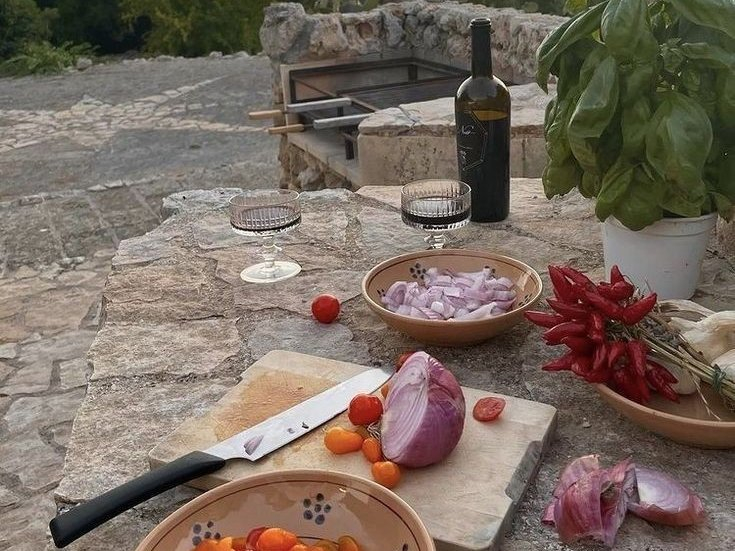
The Mediterranean Diet

Apulian cuisine is based on a simple yet powerful philosophy: the use of fresh, local and seasonal ingredients, which tell the story and culture of this fertile land. The connection with the sea and the land is strong, with recipes passed down from generation to generation, which keep the regional culinary heritage alive. UNESCO considers the Mediterranean Diet an intangible cultural heritage, given the responsible interactions between agricultural and dietary practices and the environment. The Mediterranean diet has its roots in the poorest society where farmers worked the land and lived from the cultivation of cereals, legumes, vegetables but also wild vegetables, aromatic herbs with beneficial properties and intense aroma. Olive oil had and still has a key role in Apulian cuisine thanks to the enormous quantity of olive trees that decorate the landscape.
Mediterranean herbs
Mediterranean cuisine has as a basis for every dish, in addition to olive oil, also Mediterranean aromatic herbs that have an intense aroma and an unmistakable flavor.
Basil
Mint
Sage
Laurel
Rosemary
Oregano
Thyme
Parsley
Director Federico Fellini said this to say that a little pasta is enough to create a magical atmosphere at every Italian table. Pasta is the main ingredient of many first courses and is consumed regularly almost every day in Italy. In Southern Italy there are several recipes, some of which I strongly recommend you try when you are visiting here. First of all, not all types of pasta. Nowadays, pasta can be bought in any supermarket in the world, but fresh homemade pasta is a little rarer and requires skill and time. For this reason, when you are here on vacation, I recommend that you try that.
The main condiment: tomato sauce
As I was saying, in Puglia food is not just the final dish but includes different phases that have to do with being together, with conviviality and with family. For many years in the summer each family would get together to make tomato sauce to preserve and consume during the winter. This was a moment of collaboration but also fun. Tomato sauce is the most popular sauce for pasta.
These are the types of fresh homemade pasta that I recommend:
Sagne 'ncannulate
Orecchiette
Maccheroni
Foglie d'ulivo
If you want to check out tons of pasta dishes I suggest you follow "The Pasta Queen" on Instagram 😄
Puglia has a very long coastline that boasts some wonderful stages both from a landscape and culinary point of view. Fishing is a very common activity, especially in the summer, and therefore it will be very easy to find fresh fish as a condiment or protagonist of dishes. I recommend some:
Spaghetti with seafood
Fish soup "alla Gallipolina" - If you are near Gallipoli you cannot miss trying it
Risotto with seafood
Paccheri with monkfish sauce
White bean and mussel soup
Where to eat seafood
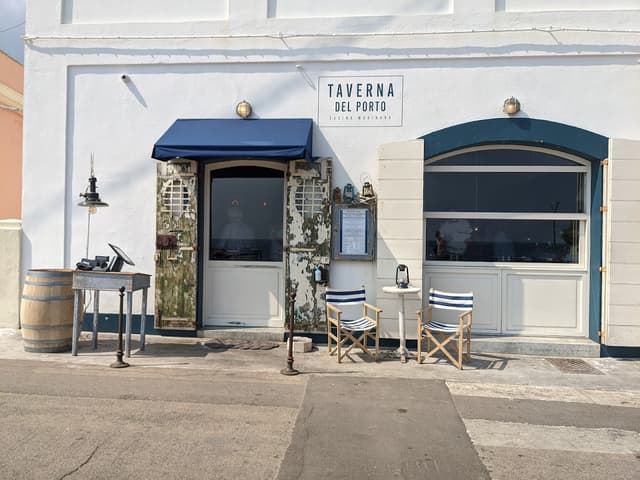
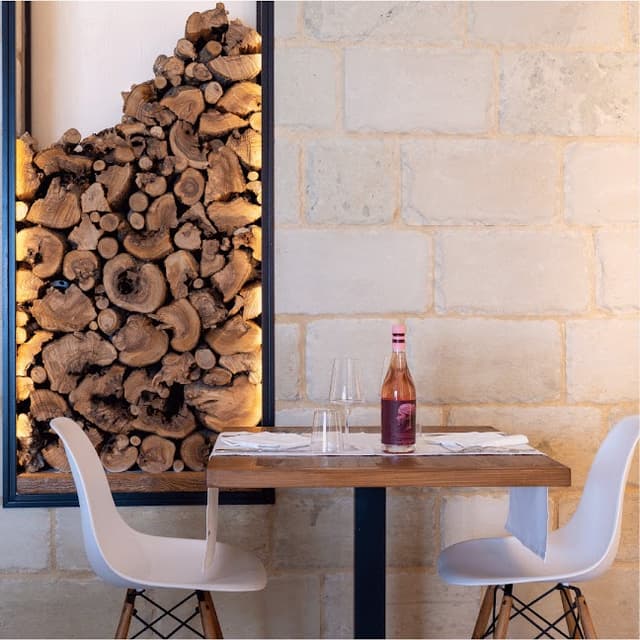
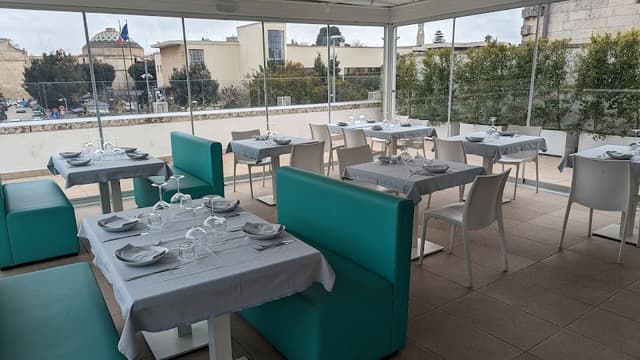
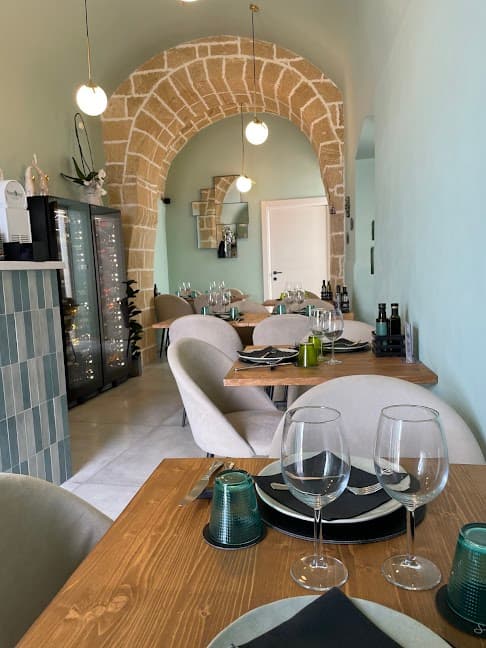
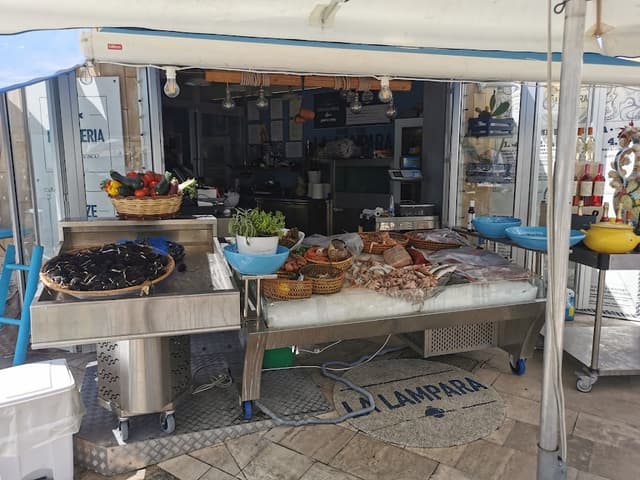
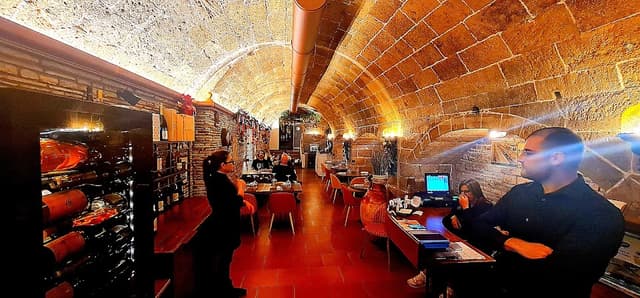
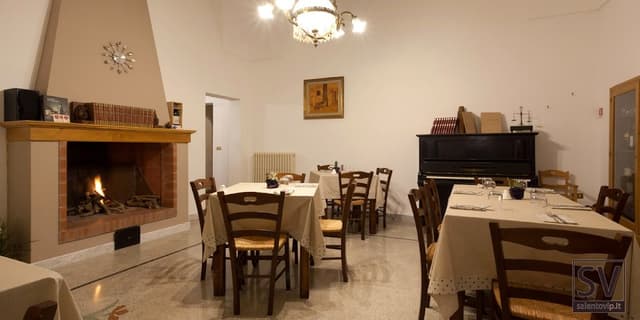
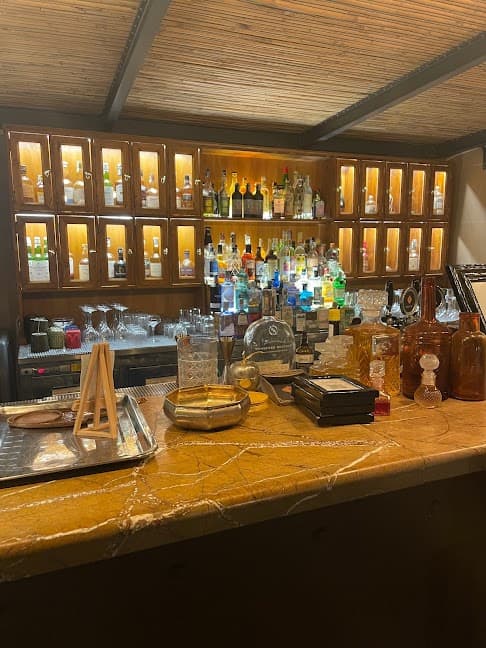
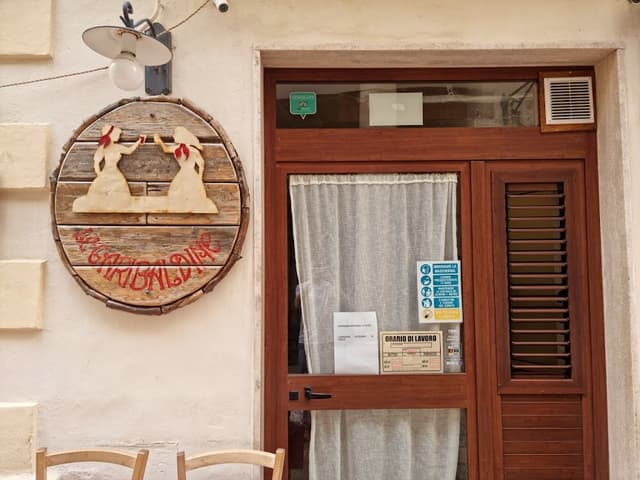

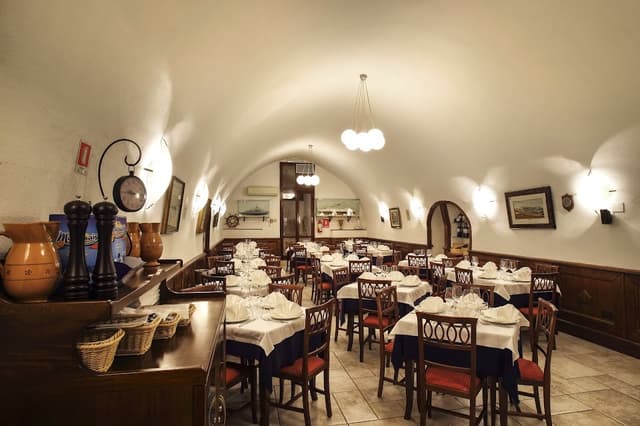
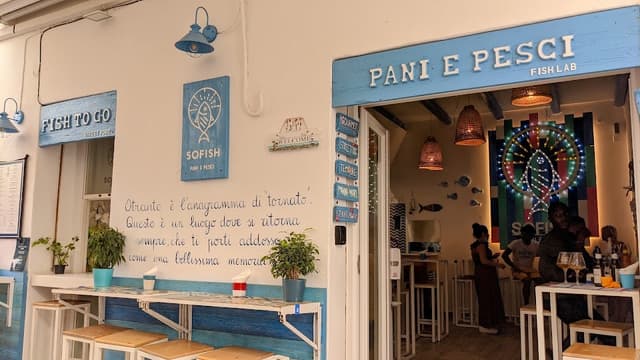


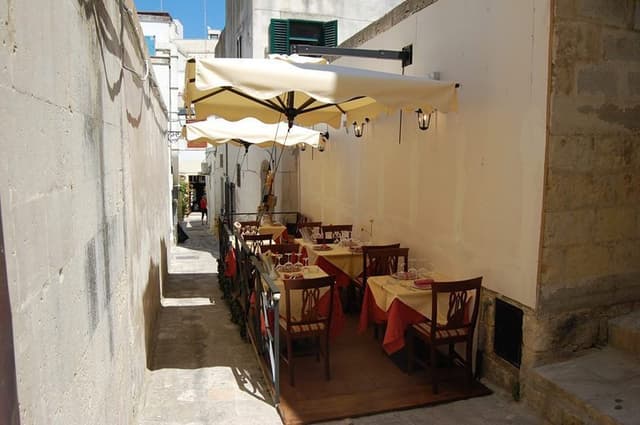
Other condiments are for vegetables, for example, especially in the Bari area, orecchiette with turnips are famous. If you are in this area, you can admire the women who still make homemade orecchiette in the streets. In particular in the Bari Vecchia area.
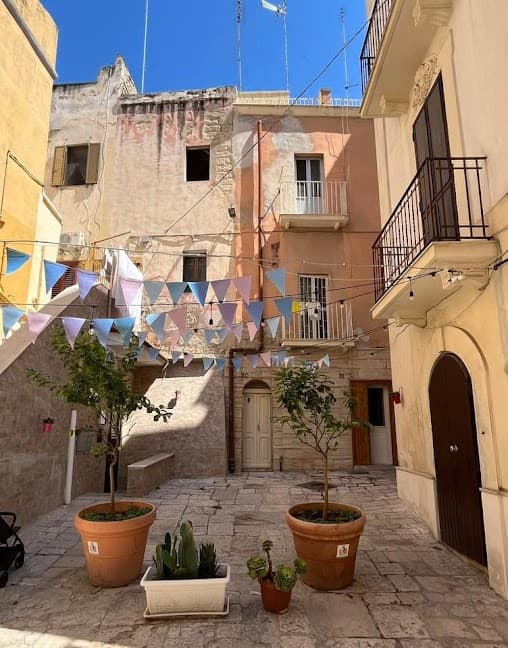
As already mentioned, legumes are very present in the dishes and a famous dish in Puglia is "Ciciri e Tria". I recommend you try it, it is very simple. There is homemade pasta, of which a straight part and chickpeas. Very tasty.
As I mentioned in my description, for Italians, food is not only a necessity but also and above all a moment of relaxation. In fact, when you come to visit Puglia, do not neglect the moments in which you will have the opportunity to taste simple things such as a good wine accompanied by typical but genuine products such as olives, olive oil, fresh cheeses, fresh bread. It is still common in fact to have a sort of farm with animals and produce dairy products and many families still make homemade oil. Abandon yourself to tasting these products and it will be a unique experience. Tasting these foods is very pleasant and makes me think of the typical expression: "Il dolce far niente", "the sweetness of doing nothing", which is practically the right spirit to live these little moments.
Green Gold: Apulian Olive Oil
No discussion of Apulian cuisine can begin without mentioning its most precious ingredient: olive oil. With some of the oldest and most productive olive groves in Italy, Puglia produces olive oils of exceptional quality, which stand out for their fruity aroma and nutritional properties. This green gold not only enriches every dish but is also a pillar of the Mediterranean diet, renowned for its health benefits.I recommend a good tasting of olive oil with different degrees of ripeness. You will realize that the color can oscillate between an intense gold that indicates a greater ripeness to the green color that characterizes extra virgin olive oil.
The best aperitif in Puglia, especially in the summer, is the one made up of raw seafood, natural or accompanied by lemon and above all by a good wine.
Advice on places where you can have an aperitif and tastings:
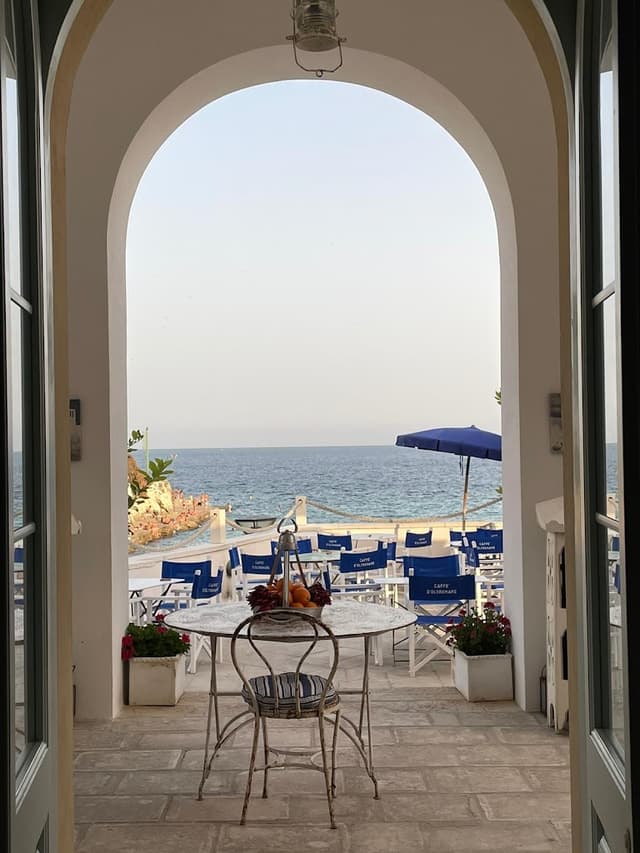
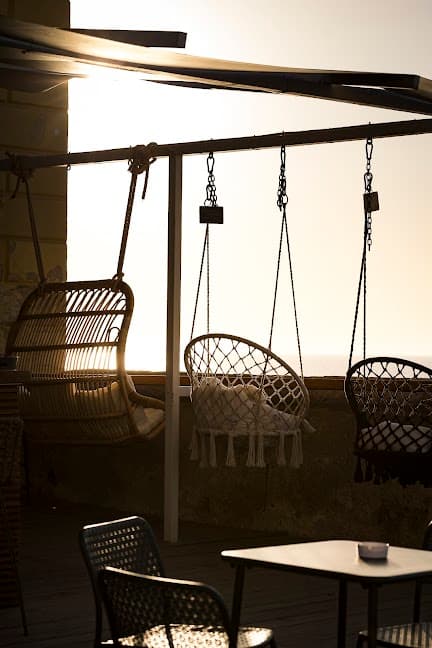
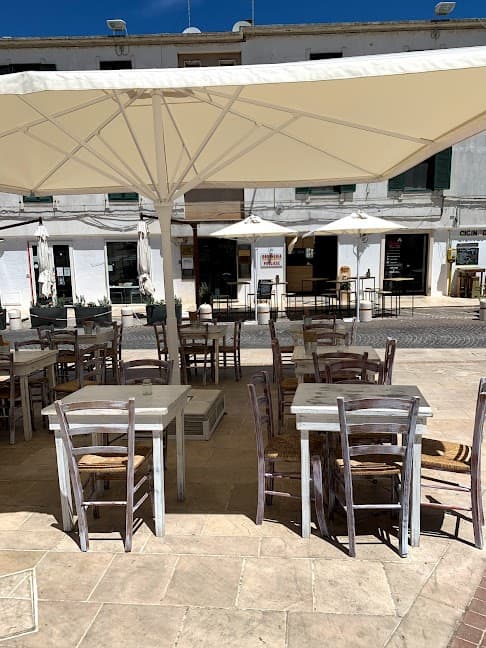
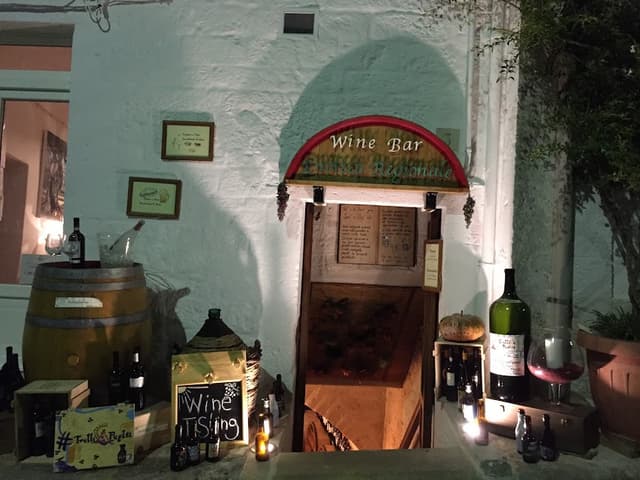
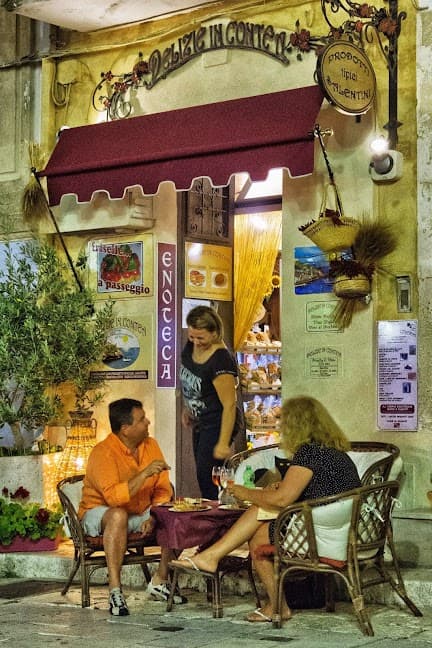
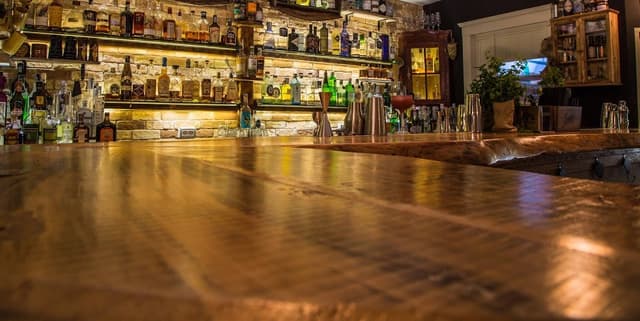
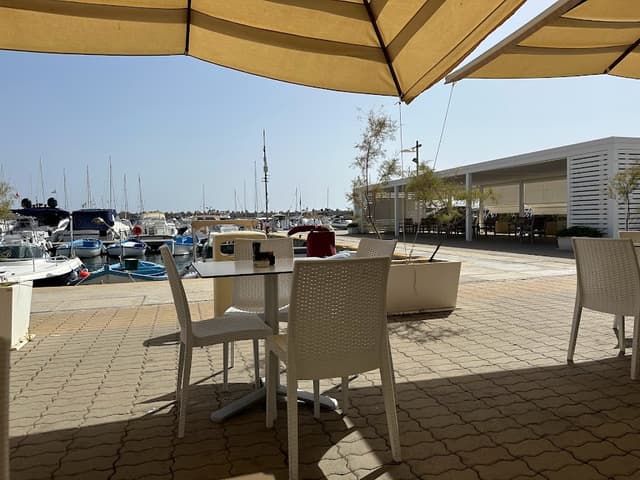
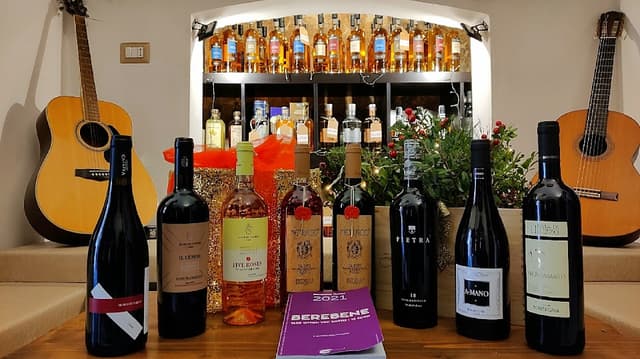
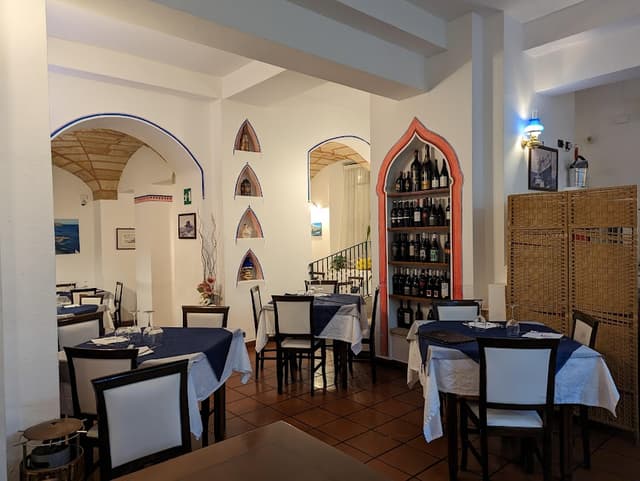
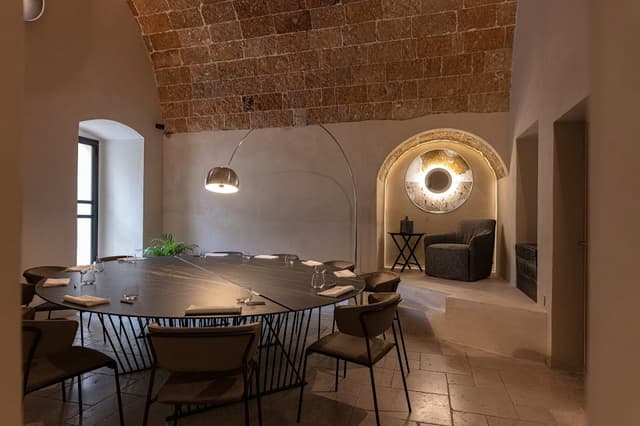
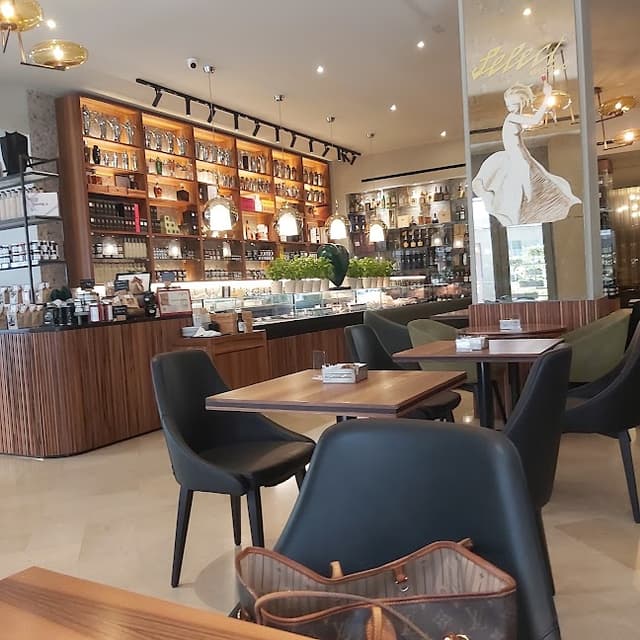

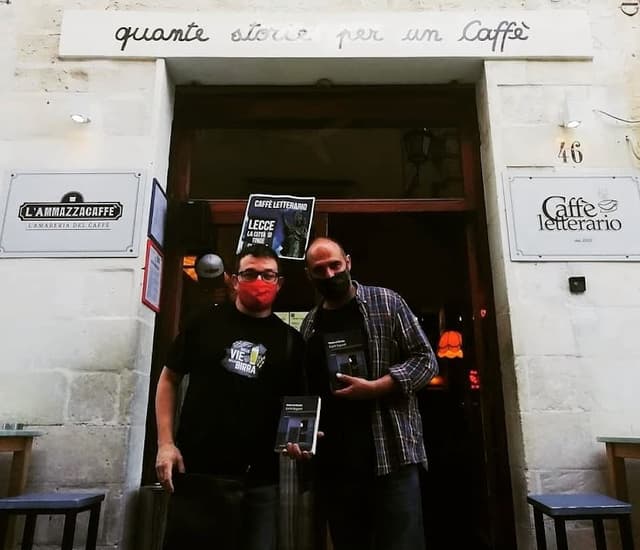

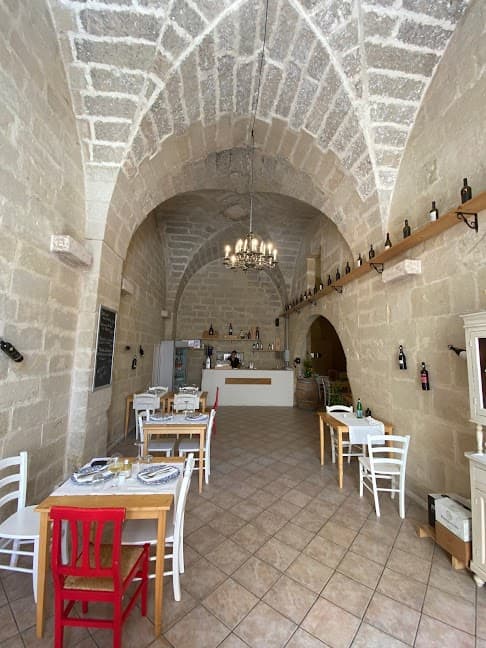
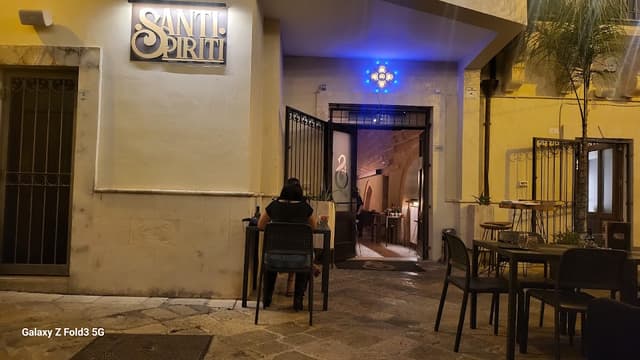
Apulian snacks: friselle and taralli
Friselle and taralli represent the more informal but equally delicious side of Apulian cuisine. These snacks, perfect for a small snack or as an appetizer, demonstrate the ability of Apulian cuisine to create memorable dishes starting from simple ingredients. Friselle, to be soaked and seasoned with tomato, oil and herbs, and taralli, crunchy and spicy, are evidence of the creativity and variety of regional gastronomy.
Altamura bread, the pride of the region, is a shining example of how Puglia manages to transform simple ingredients into true culinary masterpieces. This bread, protected by a DOP, is the result of a process that involves the exclusive use of local durum wheat, water, salt and natural yeast, following traditional methods. Its golden and crunchy crust hides a soft and fragrant interior, making it the perfect companion for any meal.
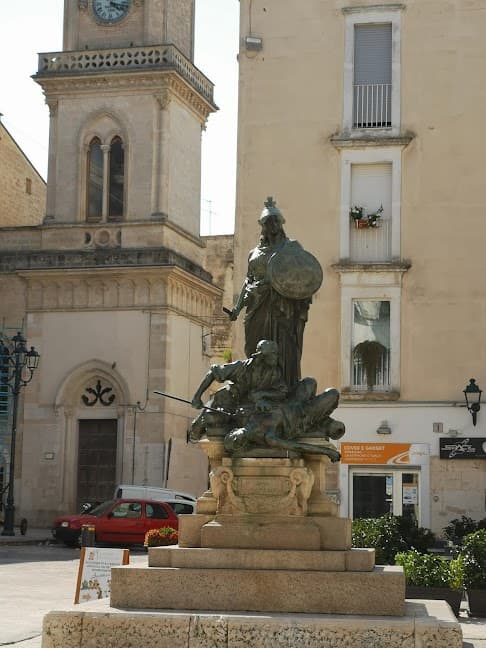
Among leavened products, Focaccia Barese has a place of honor. This delicacy, originally from the city of Bari, embodies perfection in simplicity. Soft on the inside and crunchy on the outside, focaccia barese is characterized by a unique flavor that comes from the expert use of local ingredients: durum wheat flour, ripe tomatoes, black olives, oregano, salt and, of course, the unmistakable extra virgin olive oil from Puglia. The preparation of focaccia is a ritual that follows ancient traditions, where time and temperature play crucial roles in creating its perfect texture and rich flavor. Focaccia barese is not just a dish, but a culinary experience that encompasses the history, culture and love of the Apulians for their land. Served as an appetizer, a snack or even a full meal, this specialty is a must for anyone who wants to immerse themselves in the authentic flavors of Puglian cuisine.
There is a type of bread kneaded with vegetables and tomato and its name changes depending on the town you are in, it can be called "simeddha" in Tricase, "Sceblasti" in Zollino, "Pizzi" in Lecce. In my opinion the best is the Sceblasti of Zollino and there is also a Sceblasti festival where this food is celebrated and it is usually held in August.

Among the culinary gems of Puglia, the Puccia Pugliese stands out, a sandwich that encapsulates the simplicity and authenticity of the regional gastronomic tradition. This sandwich is not just a street food, but a true symbol of Puglian culture, linked to local holidays and traditions. The puccia is presented as a soft and round bread, typically stuffed with fresh and genuine ingredients that vary according to personal preference: from grilled vegetables to cheese, from olives to ham, each added ingredient transforms the puccia into a unique and personal culinary experience. Originating from the peasant tradition, which used the leftover dough from bread making to create a substantial meal for workers in the fields, today the puccia is celebrated throughout Puglia in bakeries, at village festivals and local markets, where it continues to tell the story of a land rich in flavors and passion for food.
Arab influences in Apulian cuisine
As claimed by the food historian and author of the book “Of the Italian food preparations that are Arab-derived,” Clifford Wright: “It is very plausible that the various cooking and cooking techniques of Arab influence present in Italy are derived from those of the Arabs who settled in Sicily for centuries and not from those of the ‘invading Arabs”, referring above all to the agricultural techniques of the period. It is certain that many dishes also have a lot of Arabic in their etymological meaning and in written testimonies. The "Ciciri e Tria" mentioned above would seem to have oriental roots. The term tria or tri derives from the Arabic Itriyah or Alatriya or Itriyya and more anciently from the Greek Itriom: in Galen's "De ciborum facultatibus" Itrium is documented translated into Latin with Itria which generically indicates doughs based on flour and water. As is the "cupeta salentina", the dessert of the patron saint's feasts which consists of a block of almonds and sugar. The origin of this dessert is the result of the mixture of the Latin origins of Salento with the Arab contamination of southern Italy. The Cupeta salentina is similar to an Arab dessert of the 13th century, the Qubbayt "a sweet preserve", while in Latin the term cuppedia referred to delicacies.
Then there are the "mustaccioli" biscuits with chocolate icing, which hide a soft cocoa heart, with hints of lemon, cinnamon and cloves. A dive into the most authentic secrets of the Apulian confectionery tradition, which has been able to make its own the gastronomic knowledge learned in past centuries by the oriental populations who have crossed these splendid lands.
The pasticciotto
The typical breakfast in southern Italy consists of coffee and pasticciotto. It is very common here to have a sweet and not savory breakfast. The pasticciotto is a dessert made of shortcrust pastry with a soft filling of custard inside. Some believe that it should be eaten while still hot or warm, to better savor all the best organoleptic characteristics of the cream and the freshly baked shortcrust pastry. However, the quality of a pasticciotto depends on its integral artisanal preparation and as such it can also be appreciated at room temperature. The traditional nature of the product is due to the recipes and artisanal processing methods and according to family traditions that are difficult to identify in the history of the area, but which over time have spread in a varied way in Salento. According to tradition, the pasticciotto seems to have been born in Galatina at the historic pastry shop "Ascalone".

If you are in Lecce I recommend Caffè Alvino

Then there is a series of second courses that are the favorite dishes of many of us from Puglia because they were the dishes that our grandmothers cooked on Sundays. Even in that case, Sunday lunch was the occasion to get together as a family, tell each other about our lives and experience a moment of joy. This was the moment in which grandmothers put on the table the tastiest dishes that were often the result of a lot of dedication and preparation. My grandmother Assunta loved cooking so much and I remember her telling me that before getting married she also cooked for the most noble families, she was so good at it. Now I will list the most famous dishes and that I recommend you try during your stay in Puglia. These are dishes that you will find in the trattorias-restaurants where a more homely cuisine is preferred.
Eggplant parmigiana
Salento potato pitta
Salento potato "cocule"
Stuffed eggplant
"Pittule"
Apulian meatballs
Some restaurants-trattorias where you can eat typical dishes
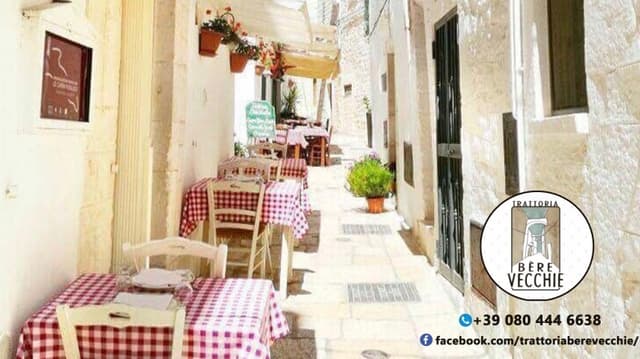
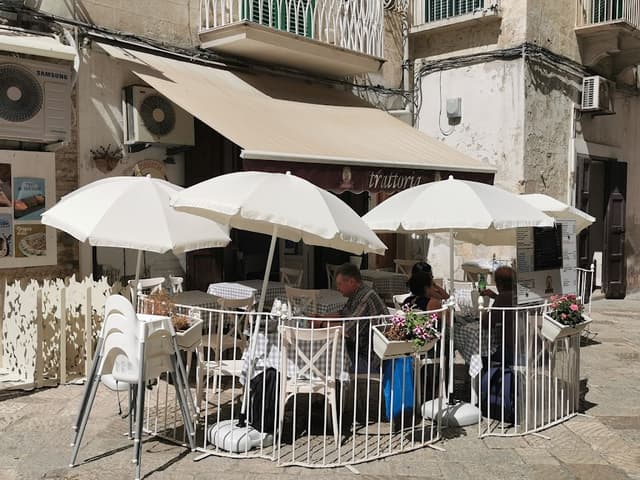

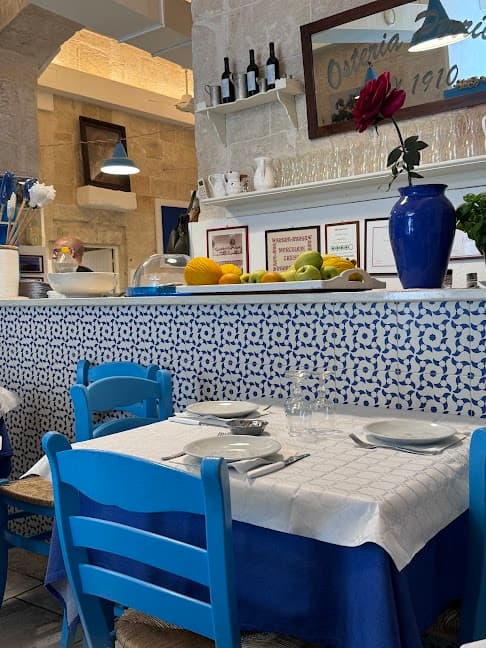
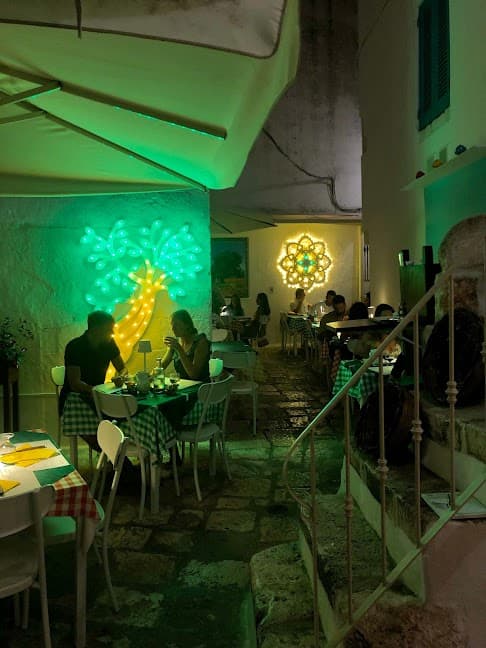

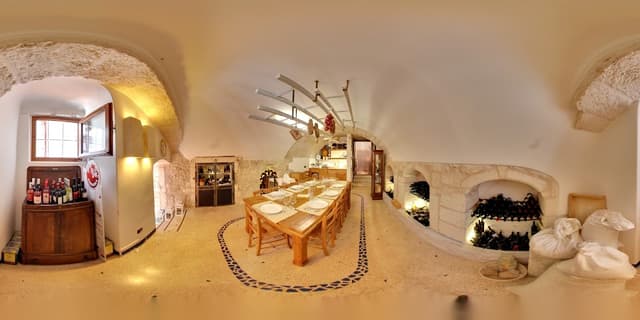
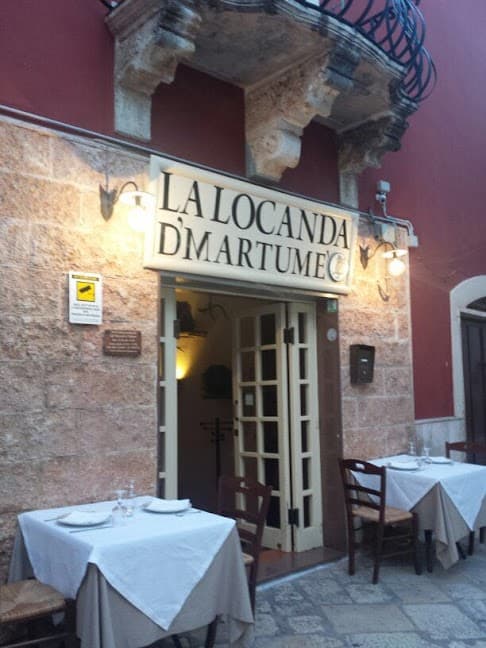
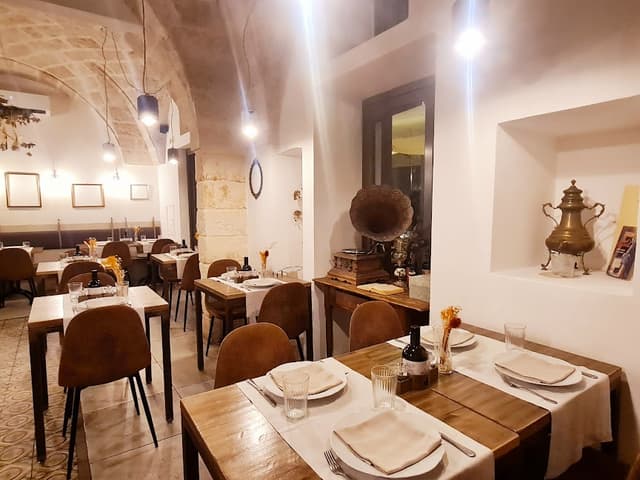
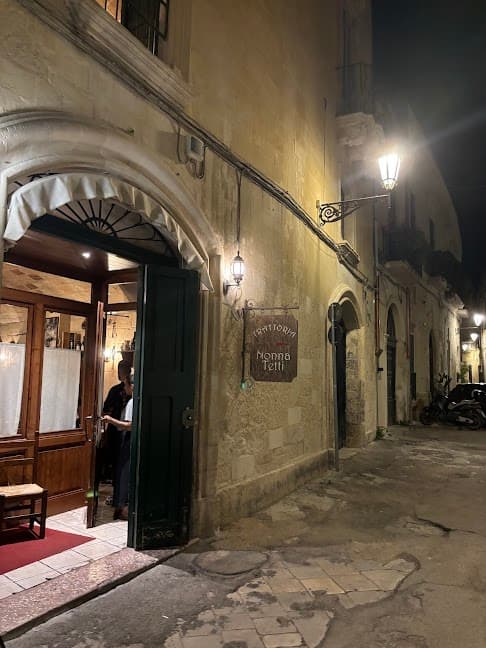
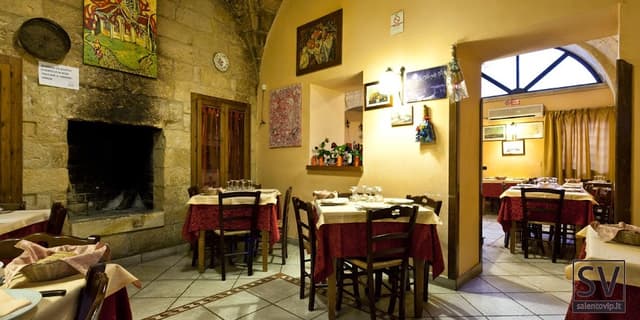
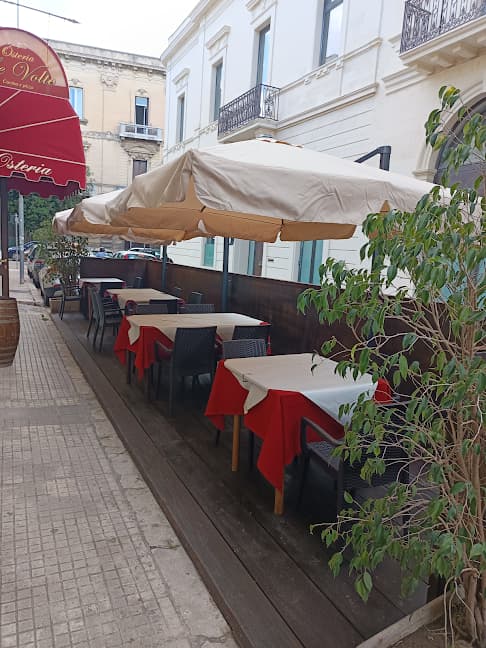
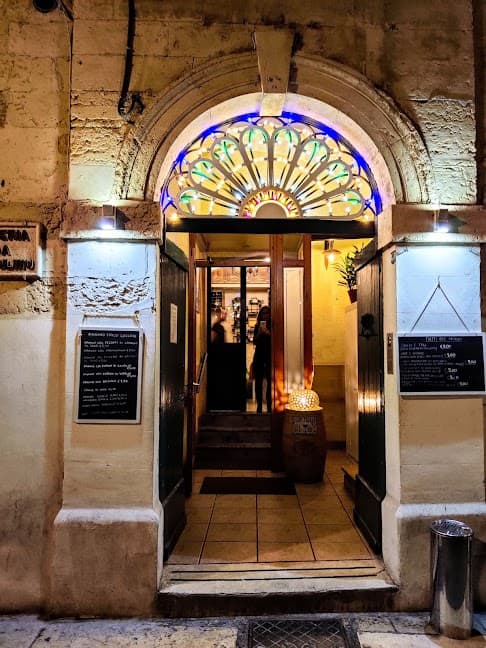
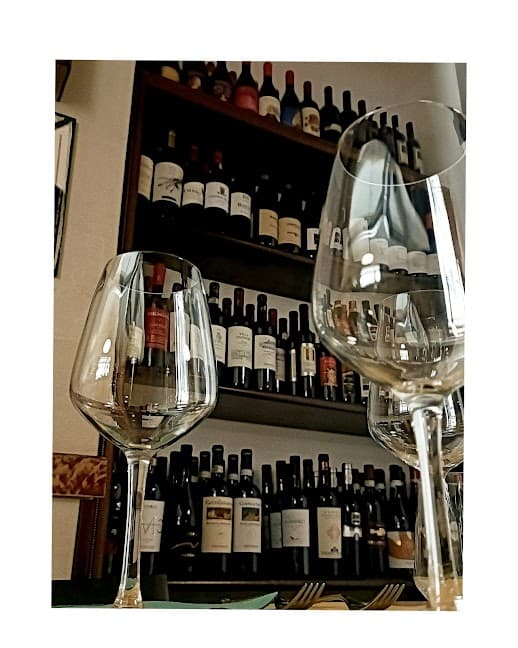
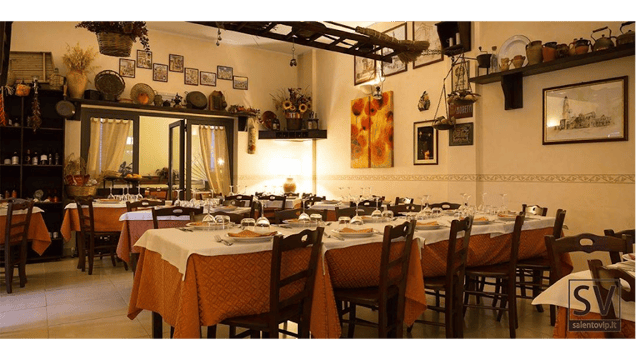
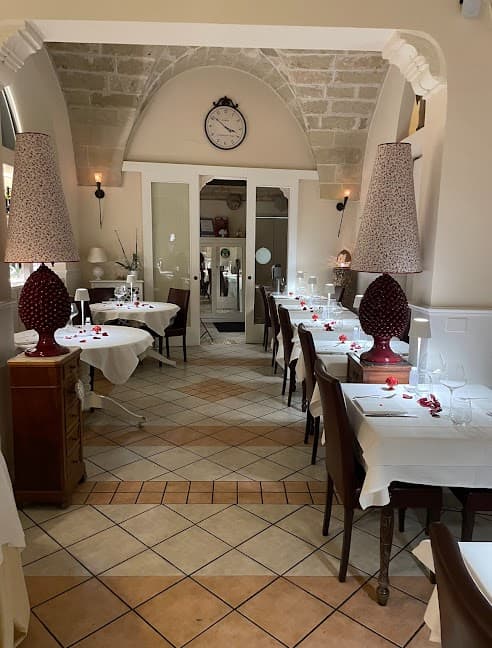
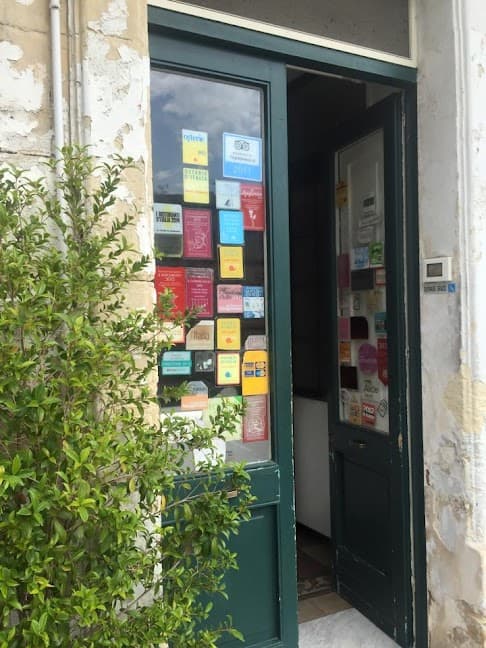
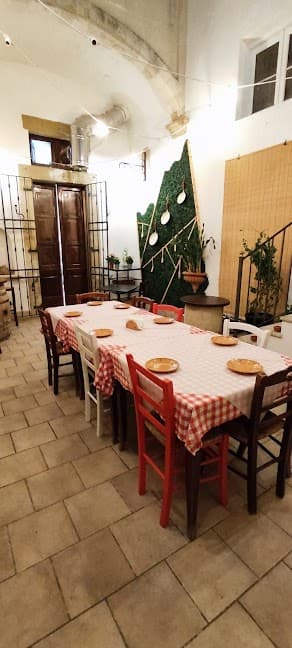
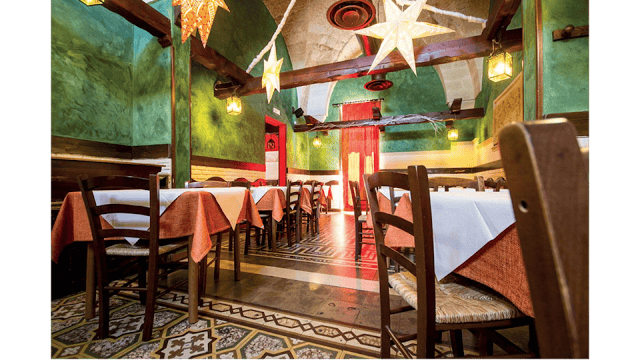

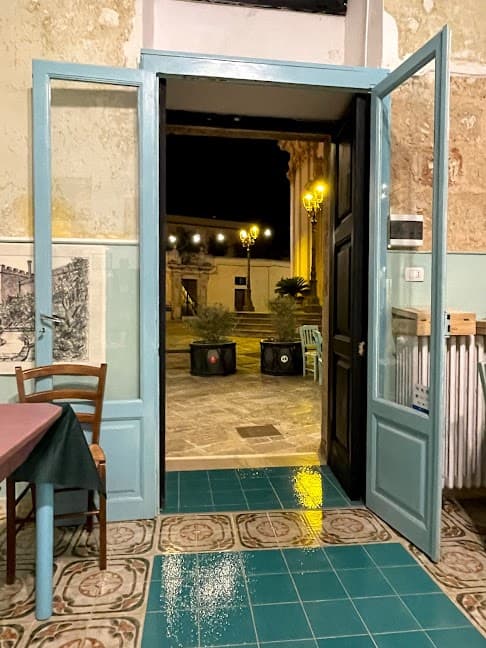
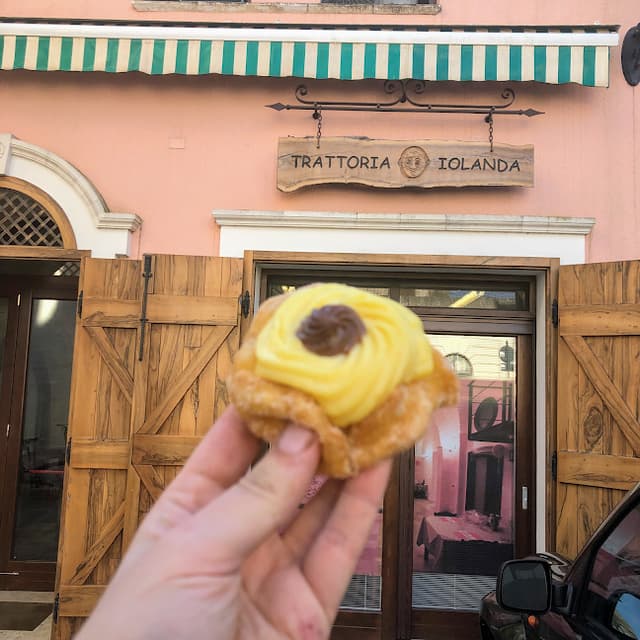
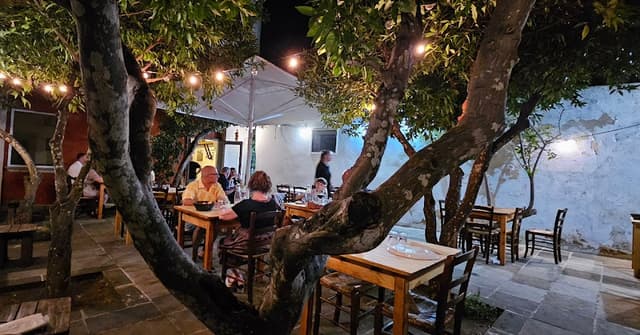
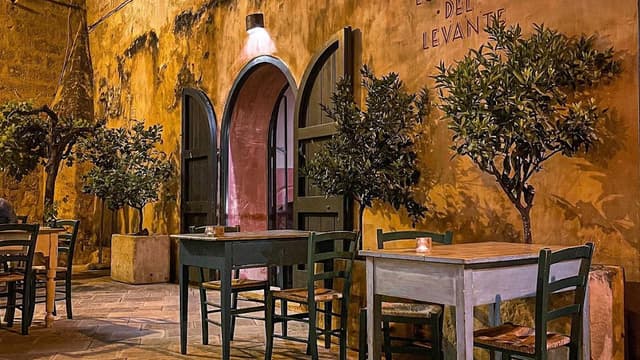
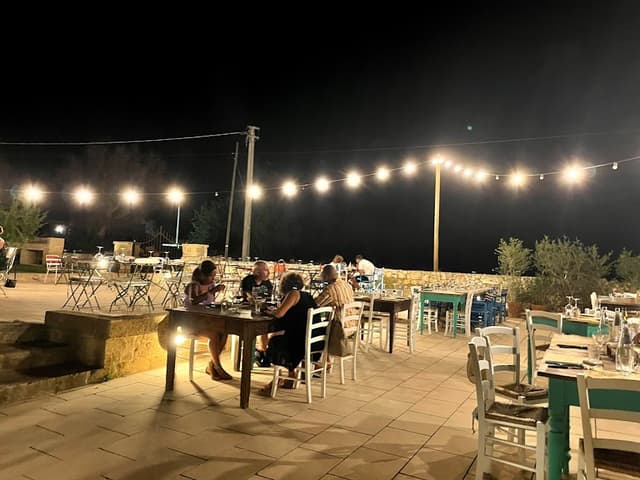
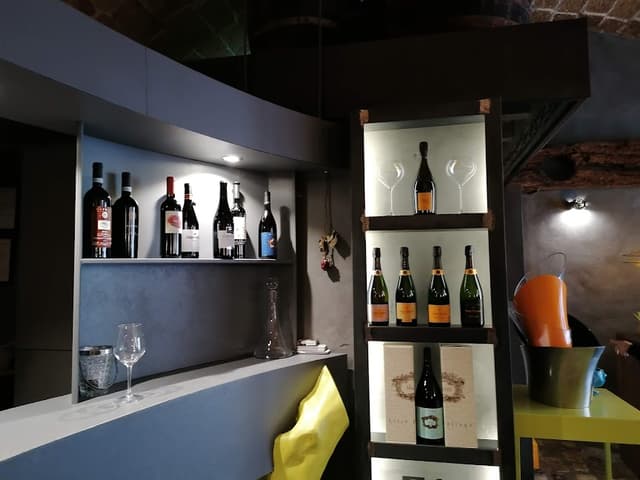

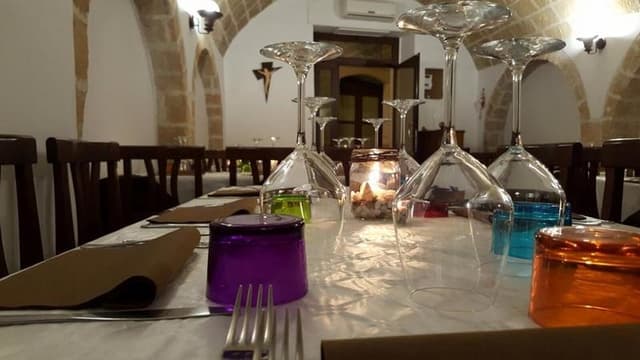

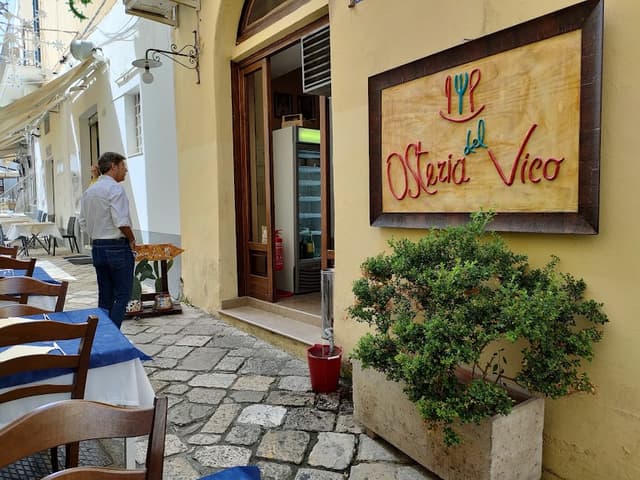
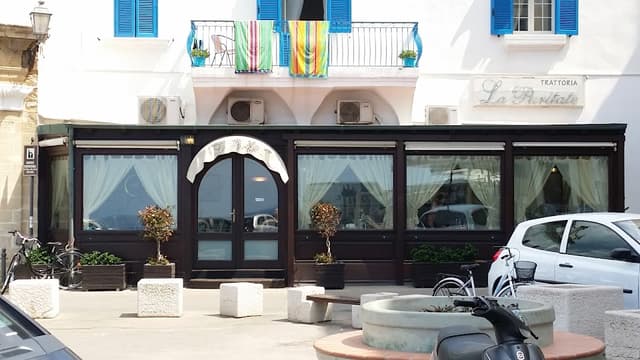
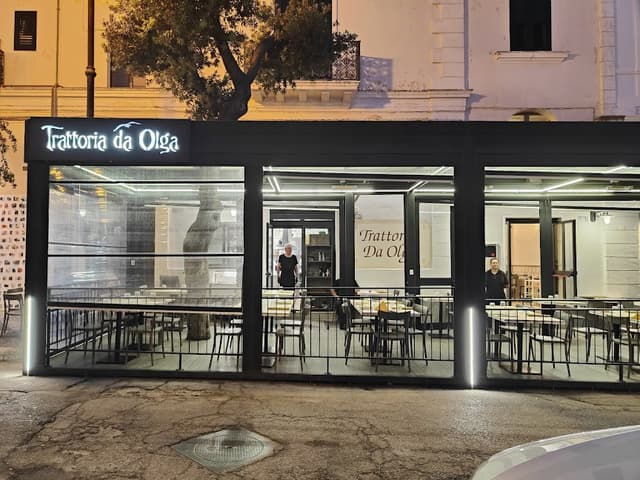
Another alternative to try typical food cooked by locals is to opt for home restaurants near you.
When you visit a country as rich in discoveries as Salento, you need to be free to grasp every diversity and experiment with new experiences. The most sincere advice I can give to those who approach a new cuisine with so many flavors to try, like that of Puglia, is to taste every dish and not miss the typical flavors of each city. I hope that my map will be useful to you to better test all the types of cuisine that are part of the Salento heritage. If you love cooking, I recommend you write down your sensations and the ingredients that you can capture from each dish, your scents and your sensations in the wonderful gastronomic journey of Puglia.
The home for unique & authentic travel
